I have an API to which I send requests, and this API connects to MongoDB through MongoClient in PyMongo. Here is a scheme of my system that I deployed in GKE:
The major part of the calculations needed for each request are made in the MongoDB, so I want the MongoDB pods to be autoscaled based on CPU usage. Thus I have an HPA for the MongoDB deployment, with minReplicas: 1.
When I send many requests to the Nginx Ingress, I see that my only MongoDB pod has 100% CPU usage, so the HPA creates a second pod. But this second pod isn't used.
After looking in the logs of my first MongoDB pod, I see that all the requests have this :
"remote":"${The_endpoint_of_my_API_Pod}:${PORT}", and the PORT only takes 12 different values (I counted them, they started repeating so I guessed that there aren't others).
So my guess is that the second pod isn't used because of sticky connections, as suggested in this answer https://stackoverflow.com/a/73028316/19501779 to one my previous questions, where there is more detail on my MongoDB deployment.
I have 2 questions :
- Is the second pod not used in fact because of sticky connections between my API Pod and my first MongoDB Pod?
- If this is the case, how can I overcome this issue to make the autoscaling effective?
Thanks, and if you need more info please ask me.
EDIT
Here is my MongoDB configuration:
Its Dockerfile, from which I create my MongoDB image from the VM where my original MongoDB is. A single deployment of this image works in k8s.
FROM mongo:latest
EXPOSE 27017
COPY /mdb/ /data/db
The deployment.yml:
apiVersion: apps/v1
kind: Deployment
metadata:
name: mongodb
labels:
app: mongodb
spec:
replicas: 1
selector:
matchLabels:
app: mongodb
template:
metadata:
labels:
app: mongodb
spec:
containers:
- name: mongodb
image: $My_MongoDB_image
ports:
- containerPort: 27017
resources:
requests:
memory: "1000Mi"
cpu: "1000m"
imagePullSecrets: #for pulling from my Docker Hub
- name: regcred
and the service.yml and hpa.yml:
apiVersion: v1
kind: Service
metadata:
name: mongodb-service
labels:
app: mongodb
spec:
selector:
app: mongodb
ports:
- protocol: TCP
port: 27017
targetPort: 27017
---
apiVersion: autoscaling/v1
kind: HorizontalPodAutoscaler
metadata:
name: mongodb-hpa
spec:
scaleTargetRef:
apiVersion: apps/v1
kind: Deployment
name: mongodb
minReplicas: 1
maxReplicas: 70
targetCPUUtilizationPercentage: 85
And I access to this service from my API Pod with PyMongo:
def get_db(database: str):
client = MongoClient(host="$Cluster_IP_of_{mongodb-service}",
port=27017,
username="...",
password="...",
authSource="admin")
return client.get_database(database)
And moreover, when a second MongoDB Pod is created thanks to autoscaling, its endpoint appears in my mongodb-service:


